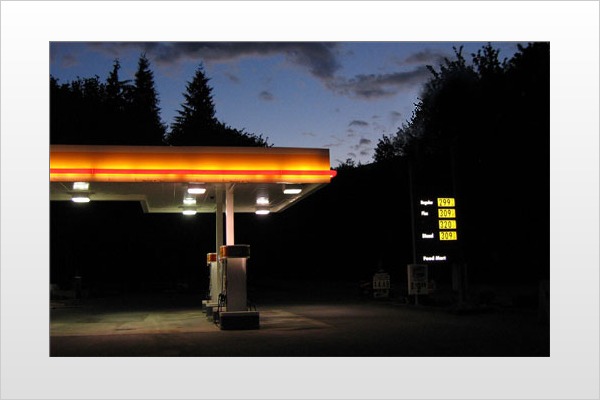
Oil prices are a confusing subject for most consumers. At times, the prices seem to go up or down for no particular reason. The explanation for this is simple: the supply and demand of petroleum is always changing based on a variety of factors. In this story, we'll try to quickly explain how the market works and how it affects gas prices.
Oil is bought and sold on commodity markets by major investors, traders and companies who make or use oil. Some days, more people want oil than the oil producers can provide — on those days, the price goes up. Other days, when more people are selling than buying, the price will drop. Because gasoline is refined from oil, the price you pay at the pump generally follows the ups and downs of the oil markets.
Since most oil production is controlled by the Organization of the Petroleum Exporting Countries (OPEC), the supply of oil can be tweaked according to demand to keep prices relatively steady. For much of the past decade, OPEC's goal was to keep oil at about $30 per barrel.
With these controls in place, prices usually even out rising only a few cents per barrel every day. It takes major events like recessions, wars or extreme weather, such as Hurricanes Katrina or Ike, to affect the prices significantly.
But oil prices have become a worldwide commodity these days. Competition for this limited natural resource has become fierce. This means that as China or India's demand for oil increases, it raises the price for Americans by reducing the amount of oil on the world market. This trend has been steadily pushing prices up in recent years.
Another factor emerging in the past few years is the increasing political instability in the Middle East. Concerns about the war in Iraq, Afghanistan and other volatile issues caused the average price of oil to spike to over $136 per barrel in July, 2008. In part, this is because it's harder for sellers to guarantee delivery of oil when the region's major producers are so unstable. This rapid increase caused many Americans to change their driving habits, and gas prices began to fall. Within that same period, the U.S. began to suffer an economic downturn which then brought down gas prices all the way down to $40 per barrel in February, 2009.
As you can see, there are many factors driving the price of oil. If you want to look into this complex subject more deeply, go to the Energy Information Administration's "This Week in Petroleum" site.